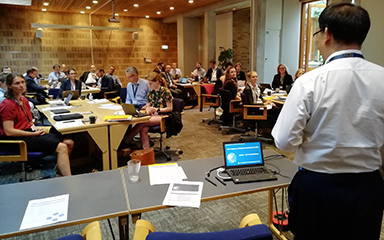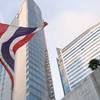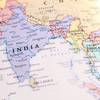Authorities Gather to Discuss Enforcement of Sulphur Limits
This week, the Danish Maritime Authority is hosting the 6th annual meeting for international sulphur experts who will combine forces to cooperate on further developing effective enforcement.
The purpose of the meeting is to exchange knowledge and best practice for surveillance and enforcement. Many of the experts have experience from enforcing local sulphur regulations, particularly the Sulphur Emission Control Areas (SECA). The discussions will further develop these learnings from SECA enforcement and attempt to broaden the scope to include the 2020 global Sulphur cap with a limit of 0.5 percent that is entering into force on January 1, 2020.
The Danish Maritime Authority is host to representatives from authorities from all over the world. This includes the SECA countries Canada and the US and those bordering the North Sea and the Baltic Sea along with, China, Japan, as well as the European Maritime Safety Agency (EMSA).
Andreas Nordseth, Director-General of the Danish Maritime Authority: “With the imminent introduction of the global sulphur limit, effective enforcement is more important than ever. We need to share experience and promote cooperation between maritime administrations across the world to ensure a level playing field for the industry and to maximize the positive effects for the environment.”
The meeting takes place in the town of Korsoer west of Copenhagen. Denmark initiated the series of Sulphur experts meetings in 2015, initially discussing the 0,1 percent Sulphur Emission Control Areas that was brand new at the time. The meeting has since become an annual event including more and more countries.
The program is packed with presentations by international experts and interactive workshops for the participants.
More on the regulation
The global Sulphur cap for allowed Sulphur content in marine fuels will be 0.5 percent from January 1, 2020. In SECAs (Sulphur Emission Control Areas), the limit is 0.1 percent.












